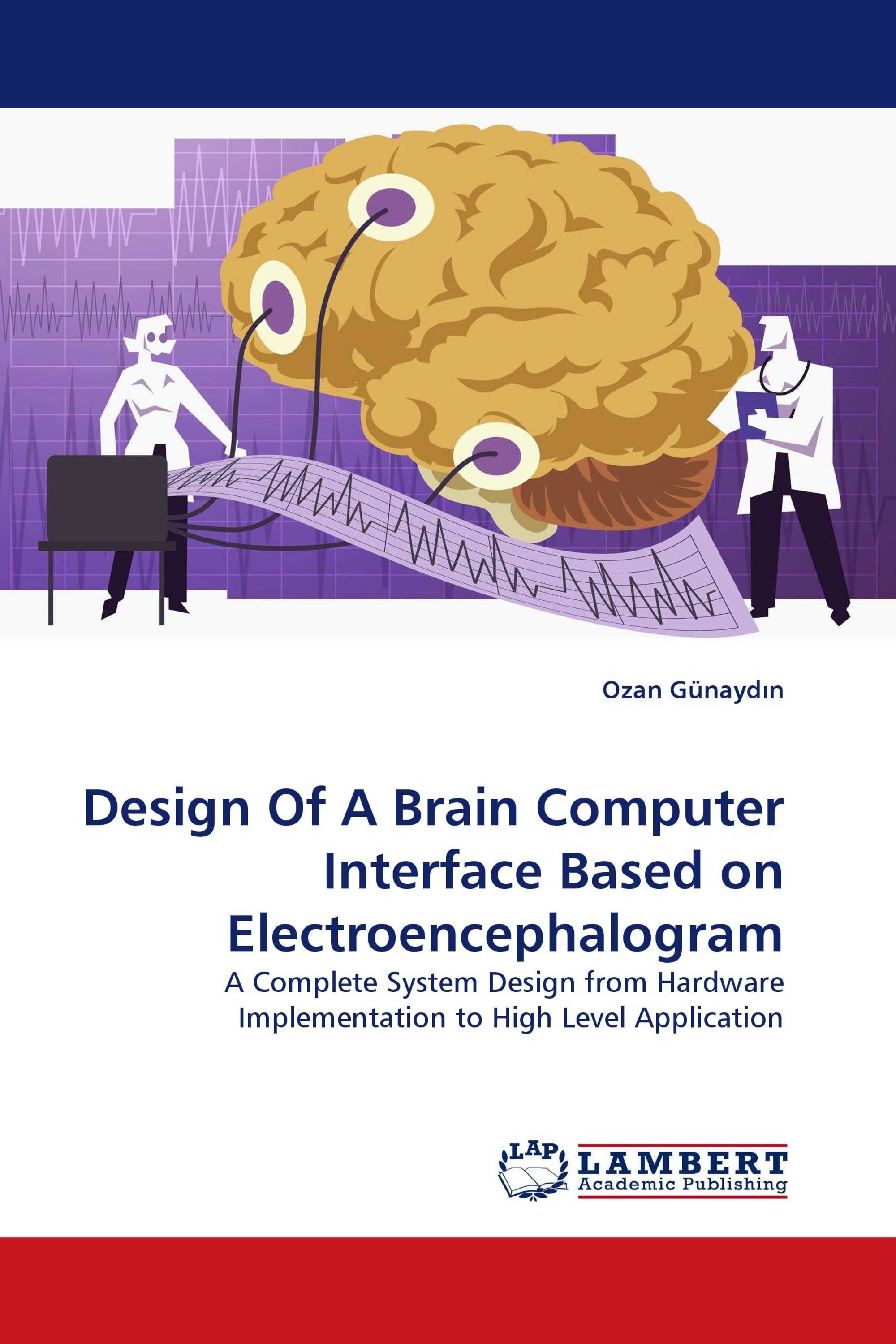Design Of A Brain Computer Interface Based on Electroencephalogram
A Complete System Design from Hardware Implementation to High Level Application
LAP Lambert Academic Publishing ( 2011-05-25 )
€ 59,00
A Brain Computer Interface (BCI) is a communication device between the brain and an external device, usually a computer. The main purpose of BCI systems is repairing or assisting human motor-sensory functions by asking the brain to control synthetic devices, computer cursors or robot arms. In this study, both acquisition hardware and software of a two channel EEG based brain computer interface was designed. After investigation of the components in EEG, motor imagery related mu and beta rhythms were selected for the information sources of the system. In order to discriminate left and right hand movement imagery, three different feature extraction methods was developed using: Discrete Wavelet transform, Power Spectrum transform and Band Pass FIR filters for Mu and Beta rhythms. These features were used as inputs to a two layer feed forward Back propagation neural network for classification. Designed system was trained and simulated with the data provided in BCI Competition II. With the direction of the results, a low power system with the TI MSP430 microcontroller using FIR filters and a neural network was implemented.
Book Details: |
|
|
ISBN-13: |
978-3-8443-9150-3 |
|
ISBN-10: |
3844391509 |
|
EAN: |
9783844391503 |
|
Book language: |
English |
|
By (author) : |
Ozan Günaydın |
|
Number of pages: |
136 |
|
Published on: |
2011-05-25 |
|
Category: |
Electronics, electro-technology, communications technology |




